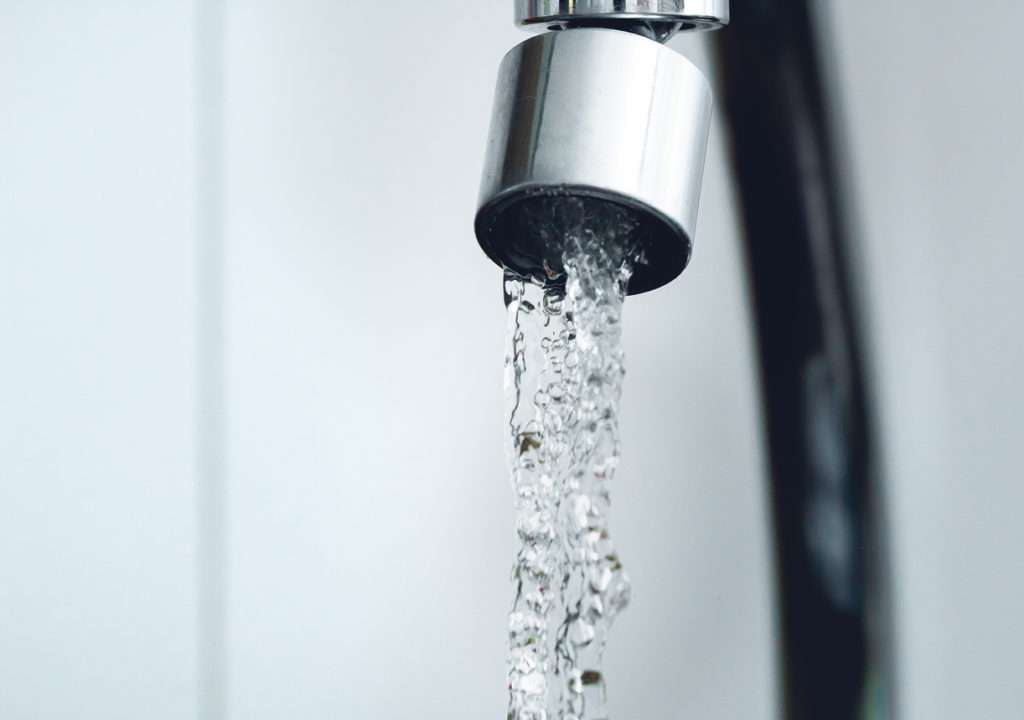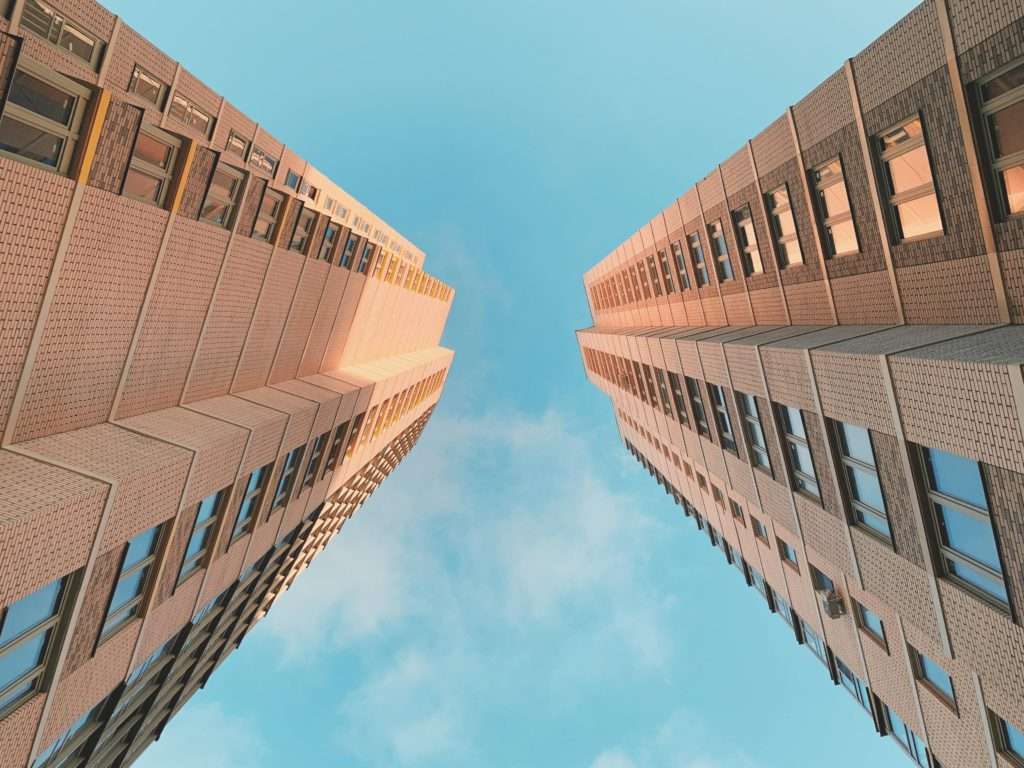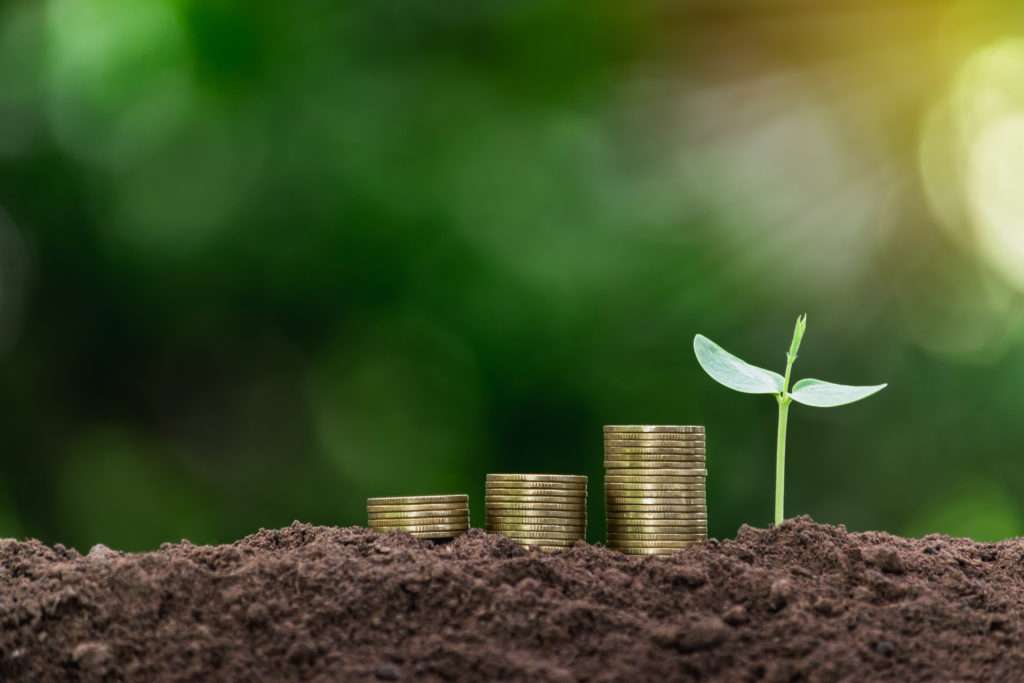
Water is the most important natural resource for sustaining human life, but it’s also important for a plethora of other purposes related to your business. Your water use for air conditioning units, appliances, toilets, irrigation, and other building essentials can significantly increase your water bill every month. Fortunately, as an organization, you can learn how to reduce water consumption without a noticeable effect on day-to-day operations.
In the EU, one person consumes 128 litres of water per day. With 2.3 people per household, the EU is using millions of gallons of water every day to sustain our member countries. As an organization, you can reduce your water usage to conserve water, ultimately saving more money and protecting our resources in the process.
Not sure how to reduce a facility’s water consumption? Make these five easy changes to reduce your average water usage per month.
1. Learn how to save water with leak management
There are plenty of less-obvious leaks hiding in your building. For example, pipe leaks in the ground can often go undetected in commercial buildings—in fact, 95% of leaks go unnoticed. Instead of allowing the leak to worsen over time, solutions like Shayp help you shave as much as 30% off of your water usage by catching leaks as soon as they begin.
Other leaks in pipes, faucets, hoses, and couplings can cause catastrophic damage to commercial buildings, wasting hundreds of litres of water in the process. Shayp’s leak detection algorithm helps organizations detect leaks anywhere in their infrastructure for faster resolution. This helps you significantly cut your average water consumption while making the most of your maintenance team’s time.
2. See how to save on your water bill with efficient appliances
You can reduce your organization’s water consumption by installing water-efficient appliances or by modifying your existing appliances. Consider making changes to your:
- Toilets. Consider installing tankless toilets in your facilities to minimize water usage without a change in performance.
- Spigots. Flow restrictors on spigots will restrict water flow based on usage. You can also add an aerator to your spigots, which will spread the water out for more effective coverage.
- Taps. Instead of using traditional twist knobs on your faucets, you can switch to automatic taps This can cut each tap’s water consumption by 50%.
3. Change your landscaping to reduce your average water usage per month
Did you know that agriculture accounts for 40% of Europe’s water consumption? While you aren’t trying to grow crops at your commercial building, hospital, or university, your organization is likely irrigating grass and trees across its campus. That can lead to increased water consumption and waste, which will significantly increase your water bill.
It’s time to change your approach to irrigation. That means making easy changes like:
- Watering as needed. Does your grass need daily watering? Or will watering three times a week work just fine? Experiment to see how much water your property truly needs.
- Planting drought-tolerant plants. Instead of planting non-native species that require more water, you’ll save more water by planting drought-tolerant greenery instead. These are easier to care for, require less watering, and will save your organization more money.
- Mulching around trees and plants. You can trap more moisture in the ground by mulching around your plants.
- Scheduling your irrigation. Don’t water your grounds during daylight hours. Water in the early morning or evening when the sun sets to prevent evaporation.
4. Educate tenants on how to save water
You can save more water when you educate occupants, tenants, students, and employees on proper water conservation techniques. For example if you run social housing or an apartment complex, you can educate tenants on how to reduce water consumption.
This means coaching all building occupants on:
- Turning off the tap when it isn’t in use
- Fully loading all appliances, like dishwashers and washing machines, before using them
- Sweeping instead of hosing off concrete surfaces
These actions won’t mean much on their own, but multiplied across your facilities on a daily basis, they have the power to make real change.
5. Use the wastebasket
Are occupants throwing trash, hygiene products, or cigarettes into the toilet? If several people in your building are doing this, you’ll see more clogs, leaks, and low performance. Plus, it means water is being used needlessly to dispose of trash.
Add signage in your restrooms reminding people to only flush toilet tissue. Be sure to provide plenty of wastebaskets in the stalls and trash cans by the sink for proper disposal. Over time, this will coach your team on how to reduce water consumption during their daily routine.
Learn how to reduce your water consumption
Water consumption affects not only your organization’s bottom line, but the next generation. Follow these five tips to learn how to reduce water consumption with small changes around your facilities. You’ll see fewer leaks, save more money, and conserve more water.
If it’s time for your organization to make more informed decisions about your water usage, try Shayp. Our plug-and-play leak detection technology helps organizations reduce their water consumption by over 20%. Schedule your free Shayp demo now.


